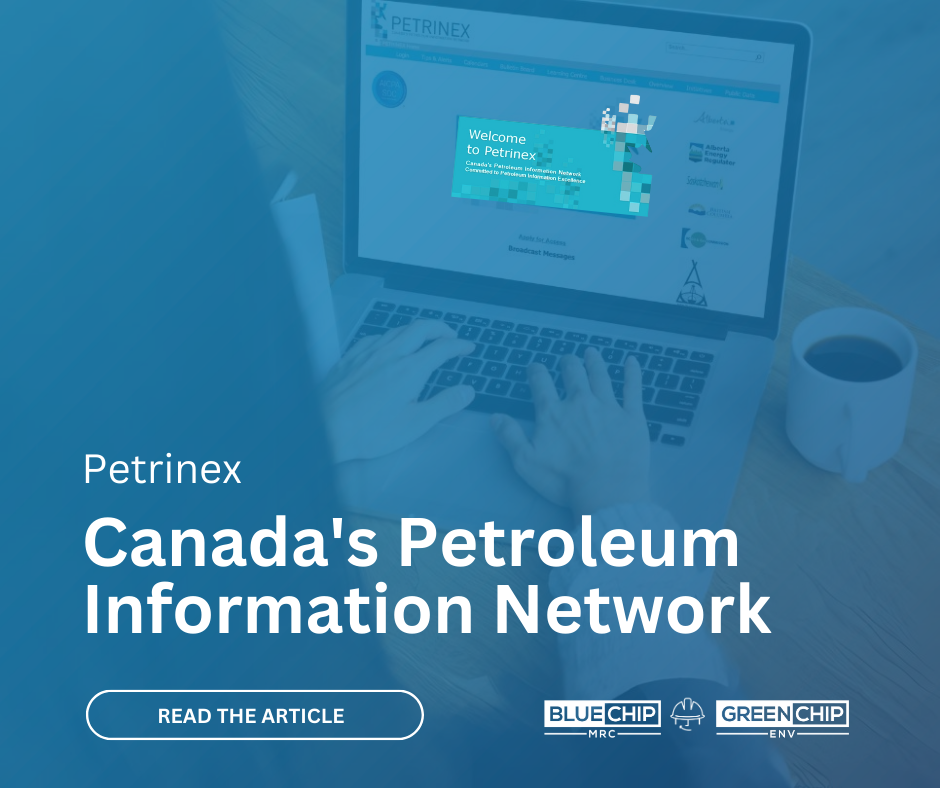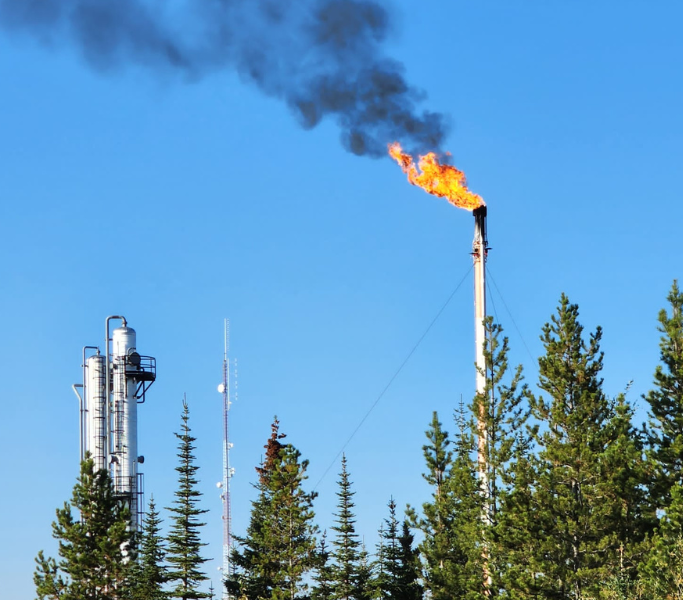Production Accountants across Alberta must report the respective condensate production every month. They are dependent on accurate measurement practices (metering, proving, and sampling alike) to ensure volumes are reported correctly each month.
How condensate is to be reported determines how we prove a meter, how often we prove a meter, what type of sampling (analysis) we obtain, and what metering technologies need to be installed.
Liquid Condensate or Gas Condensate?
The province of Alberta defines condensate as a mixture of pentanes and heavier hydrocarbons that may be contaminated with sulphur compounds that:
- is recovered or is recoverable at a well from an underground reservoir and may be gaseous in its virgin reservoir state but is liquid at the conditions under which its volume is measured or estimated, or
- is recovered from an in situ coal scheme and its liquid at the conditions under which its volume is measured or estimated.
In layman’s terms, condensate is liquid natural gas. Condensate, like natural gas, has many distinct components, but because it is a liquid state, those components are heavier in nature (traditionally, C5+). Condensate is a volatile liquid and its composition along with the receiving facility needs to be considered when determining how to measure and report the respective volumes. When condensate is recombined with the gas stream and delivered to a gas plant for processing, it is reported as a gas equivalent volume (GEV). However, this is not the case if the condensate is tanked and trucked out, or flow-lined, to an oil facility for processing as it is now most likely reported as a liquid volume, not a gas.
The measurement practices exercised at the field level change depending on whether the condensate is reported as a liquid or a gas. As a result, producers in Alberta frequently inaccurately measure and report condensate volumes.
Metering uncertainties, proving procedures, proving frequencies, sample requirements, and reporting requirements all differ depending on whether condensate is to be recorded as a liquid or as a GEV.
If you need help or direction to make sure your measurement and reporting practices are equitable and compliant, we can help you do it right. If you’re interested in learning more on this topic, with additional questions or discussions, please send me an email waynedunnington@bluechipmrc.com.
Know someone who might be interested in this newsletter? Share it with them!
Until next time…




